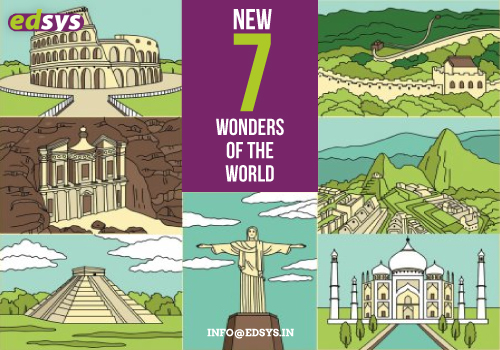Human creativity is amazing. Out of just a piece of land, we create beautiful and wondrous structures. Using our creative wisdom, we create amazing craft out of scratch. People do not even know how some of the wonders of the world were created considering the technology available during the time period it was built. These monuments are celebrations of human creativity. To signify these wonders we have created a list of new Seven Wonders of the World.
1. The Great Wall of China
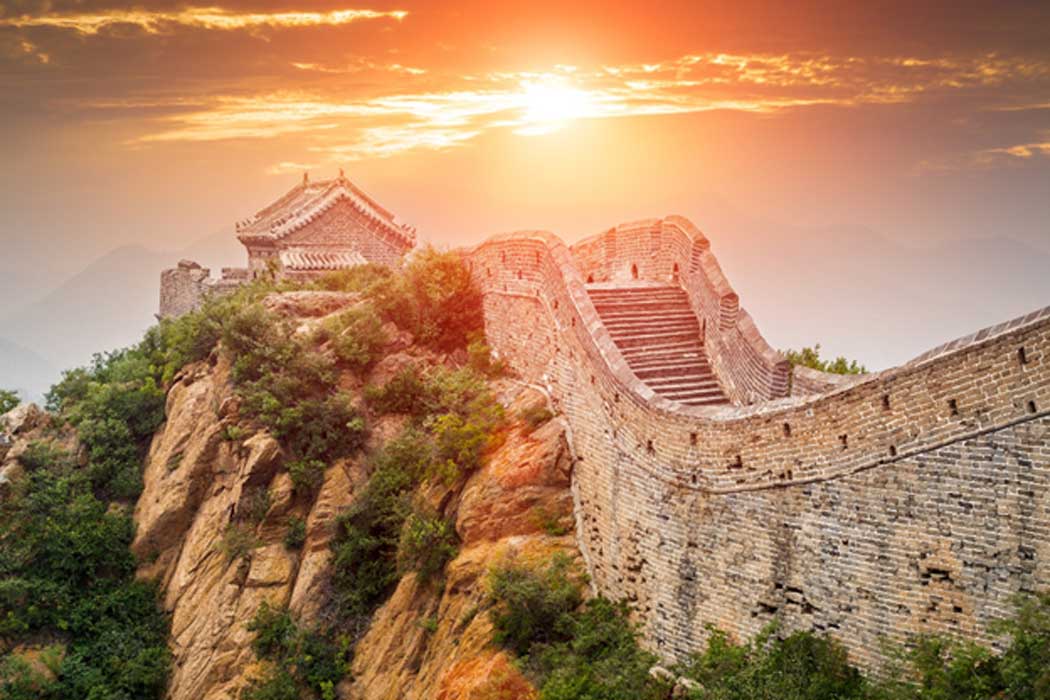
- Built during 220 BC & AD1644
- Built by- Various emperors & dynasties.
- Average Visit Per Year: 10 million people
The Great Wall of China is one of the most amazing manmade structures in the world.
Unlike popular belief, it is actually a group of walls and fortifications instead of a single wall.
The construction of the wall started more than 2000 years ago and it was completed by various dynasties of various locations.
Construction started by the Zhou dynasty in 770 BC to protect their territory from the invasion of northern states. The Han dynasty extended the wall to protect Silk Road trade.
The most well-known parts of the wall were built by the Ming dynasty between the years 1368 and 1644.
Materials used to build the wall include bricks, sand, soil, and stone. Legend has it that the workers who died while building the great wall were buried inside it.
However, no proof of the same has been found yet. The total length of the Great Wall is around 21,196 km.
2. Taj Mahal
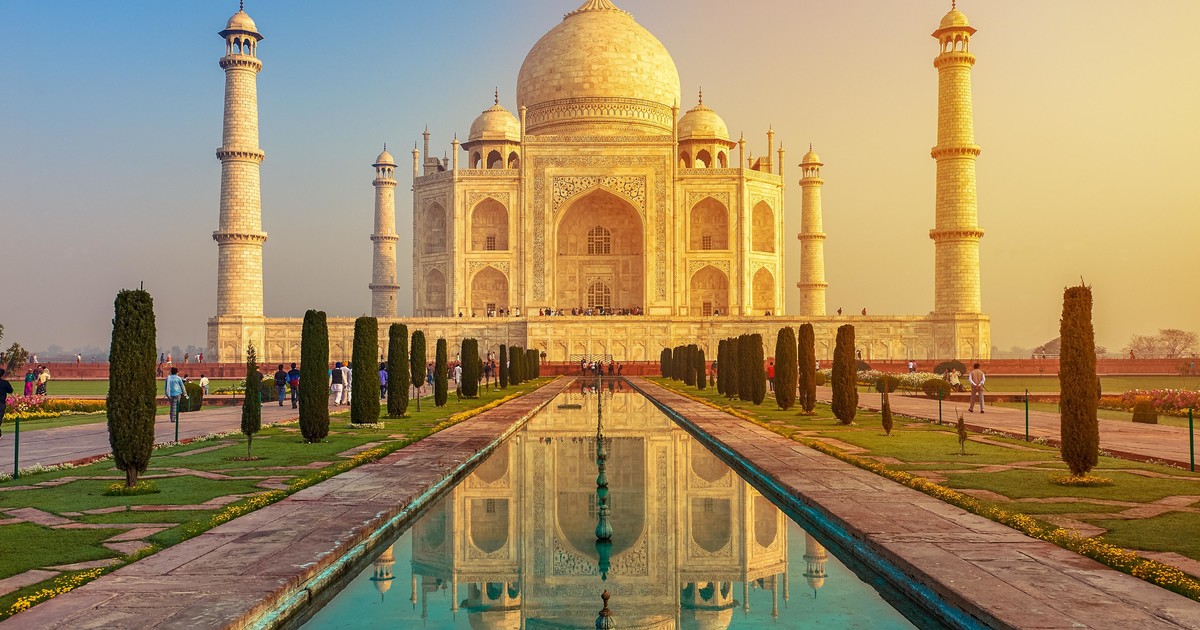
- Built from 1632-1648.
- Built by- The Mughal emperor Shah Jahan.
- Average Visit Per Year: 8 million visitors
Taj Mahal is one of the greatest statements of love in history. The white marble structure, located in the city of Agra, was built between the years 1631 and 1653.
It incorporates Islamic, Indian, Persian and Iranian architectural styles and is one of the finest examples of Mughal architecture. Taj Mahal served as the tomb of both Mumtaz and Shah Jahan.
Shah Jahan’s wife Mumtaz passed away while giving birth to her 14th child. Engulfed by the grief of her passing, Shah Jahan decided to build a beautiful mausoleum in memory of his wife, resulting in the construction of the Taj Mahal.
Through the building of this masterpiece, the wealth of the Mughal Empire was depleted but it now stands as a reminder of India’s rich history.
3. Petra
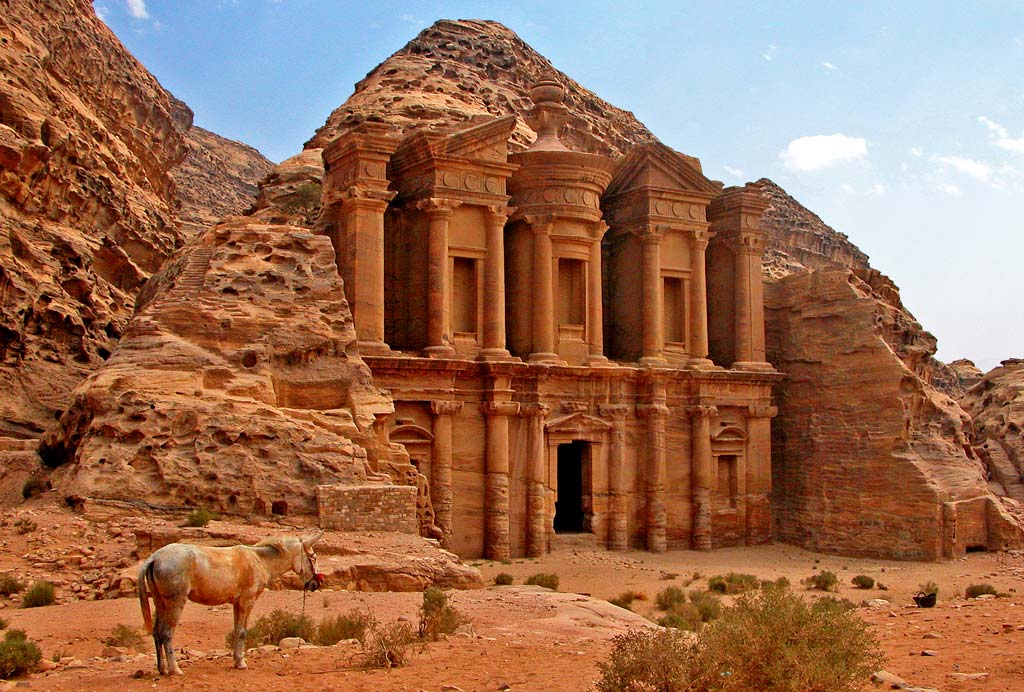
- Built during 4th century B.C. & 2nd century A.D
- Built by -The Nabatean kingdom
- Average Visit Per Year: 1 million
Petra is a sandstone city built by Nabataeans, an Arab tribe, in 3rd century BC in the southwest of Jordan. The capital city was carved out of sandstone and is well-known for its unique architecture and impressive water management system which includes dams, conduits, and cisterns.
Petra flourished as a center for the spice trade while it was occupied by the Nabataeans.
The city was later conquered by the Romans in 106 AD and became a Roman province. It continued to prosper until trade routes changed and the city started to decline.
The city had around 30,000 inhabitants. In the 4th century AD an earthquake destroyed many of the city’s buildings but the entire city was not ruined.
By the beginning of the eighth century, Petra was abandoned as it was no longer important as a commercial or political location.
The city was rediscovered in 1812 by Swiss explorer Johann Ludwig Burckhardt. It contains hundreds of buildings, tombs, temples, gateways, baths, and even an open-air theatre. The city was declared a UNESCO World Heritage Site in 1985.
4. Colosseum
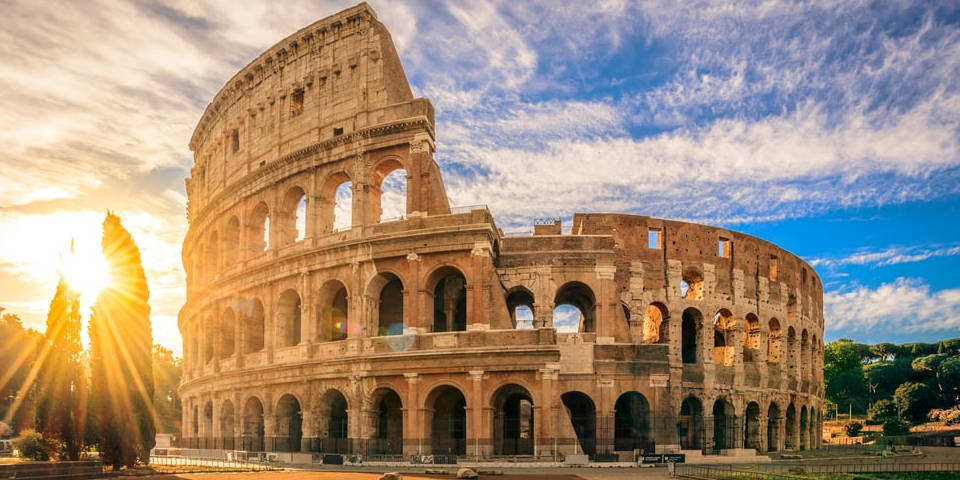
- Built during A.D. 72-82.
- Built by – Flavian emperors during the first century of the Roman Empire.
- Average Visit Per Year: 6 million tourists
The Colosseum also called Flavian Amphitheater is a massive stone amphitheater located in Rome. It was built under the rule of Emperor Vespasian in 72 AD.
The construction finished under the rule of his son Titus, who opened it to the public in 80 AD with a 100-day games festival.
It is a four-story, elliptical structure that can hold more than 50,000 spectators and was one of the largest amphitheaters built during that time.
Unlike other amphitheaters of that period, which were built against hillsides to provide additional support, the Colosseum was a free-standing structure made of concrete and stone.
The spectators were protected from the sun by massive retractable awnings. The Colosseum was used for entertainment purposes which include gladiator combats and wild animal fights.
Colosseum was used for four centuries until the public taste for gladiator combats and other such entertainment changed and it was abandoned.
The structure was damaged by natural phenomena such as earthquakes and lightning.
Even though at least two-thirds of the structure has been ruined, Colosseum still stands as an important symbol of the ancient Roman Empire.
5. Chichen Itza
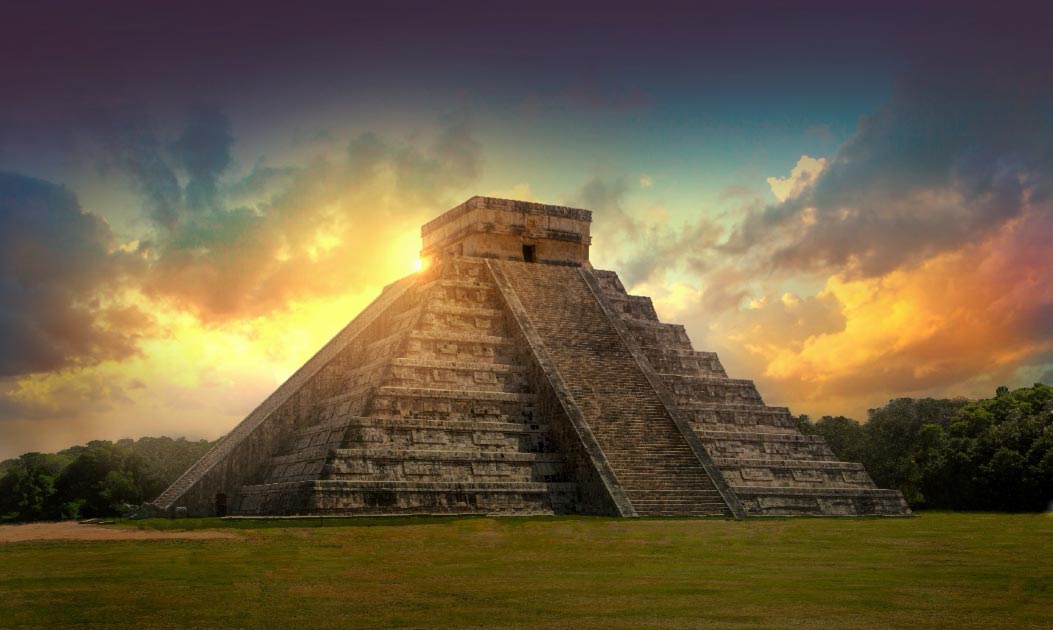
- Built during 5th-13th century
- Built by- The Maya-Toltec civilization.
- Average Visit Per Year: 2.6 million tourists
Chichen Itza is an ancient city built by the Mayan civilization in the Yucatan Peninsula of Mexico. The city was a significant urban centre of the Mayan culture and one of their largest cities having several structures made of stone including residential properties, all connected by a network of paved roads.
The most famous structure of Chichen Itza is El Castillo, also known as the Temple of Kukulkan. The structure has a pyramid shape with a total of 365 steps.
Twice a year, during spring and autumn equinox, a triangular shadow falls on the pyramid in the shape of a serpent. As the sun sets, people get an illusion that a giant serpent is moving down the structure. There is a serpent head made of stone at the base of the northern side of the temple.
The shadow moves down the temple and joins the serpent head. The Mayans were known for their incredible accuracy in astronomy.
This must have been included in their architecture also.
Other impressive structures in Chichen Itza include the Great Ball Court, the North Temple, the Steam Bath, Temple of Warriors and El Mercado.
There are no records available as to why the city was abandoned by its dwellers in the 1400s.
6. Machu Picchu

- Machu Picchu, Peru– 1.2 million
- Built in the mid-15th century
- Built by -The Incas
- Average Visit Per Year: 1.2 million
Located in the slopes of the Andes, Machu Picchu is an Inca citadel in Peru built during 1450s. It was abandoned a century later. It may have been built as an estate for the Inca emperor Pachacuti.
The most impressive fact about the buildings of Machu Picchu is that it is built without using mortar. The stones are cut and wedged together in such a way that not even a credit card can be inserted through the gaps.
The location of Machu Picchu is no stranger to earthquakes but its engineering style prevented it from being completely ruined. During earthquakes, the stones of the buildings bounce and then fall back into place.
The existence of Machu Picchu was not known to the Spanish colonialists who came during the 16th century even though the locals knew about its existence.
Machu Picchu remained hidden to the outside world until Professor Hiram Bingham was led to it by a Peruvian guard who then revealed it to the world in 1911.
7. Christ the Redeemer

- Built during 1926-31
- Built by-The Roman Catholic archdiocese of Rio de Janeiro.
- Average Visit Per Year: 180,000 People
Christ the Redeemer is a monumental statue of Jesus Christ overlooking Rio de Janeiro from atop Corcovado Mountain. The statue is 30 meters high and arms of the statue are 28 meters wide.
It was designed by French sculptor Paul Landowski. Construction started in 1922 by Brazilian engineer Heitor da Silva and French engineer Albert Caquot and was finished after 9 years.
It was built out of reinforced concrete and the outer layers were modeled out of soapstone due to its ease of use.
The statue has been damaged due to lightning strikes many times. Continuous maintenance work has to be done as the statue is exposed to natural elements.
Seven Wonders of the World – MAP Representation
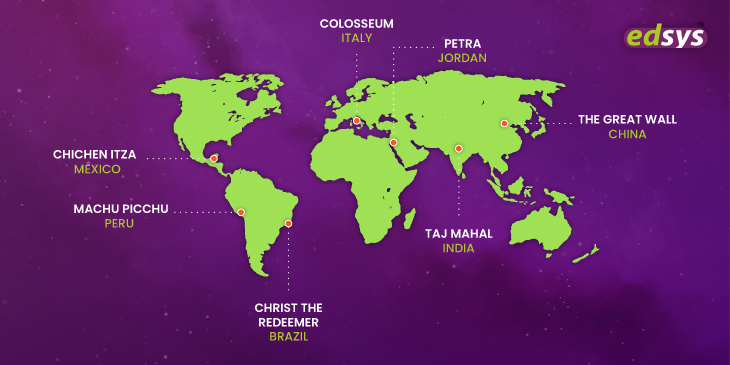
To sum up
The New Seven Wonders of the World was selected through a campaign that began in 2000.
People all over the world cast their votes through the telephone and the internet. The campaign was started by Canadian-Swiss businessman Bernard Weber who established the New7Wonders foundation.
Even though it was a worldwide campaign, not everyone would have voted in it and therefore what is considered as the seven wonders may not be as amazing to some as other structures are.
One person’s opinion of wonder may not be the same as another’s. But the structures that have made it to the list are in fact wondrous and show what human beings are able to imagine and create.
Also Read: General Knowledge For Kids (105 Questions and Answers)
The Great Pyramid of Giza and the Hanging Gardens of Babylon were all part of the list once and since then a new list has been created.
This shows that human creativity is timeless and new and more amazing structures are yet to come.
